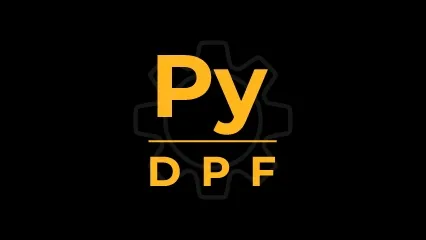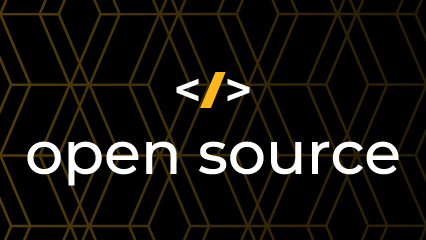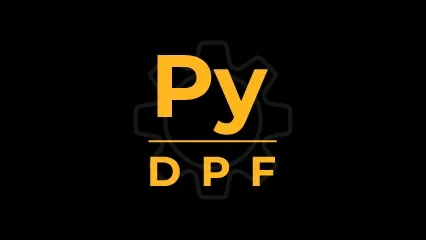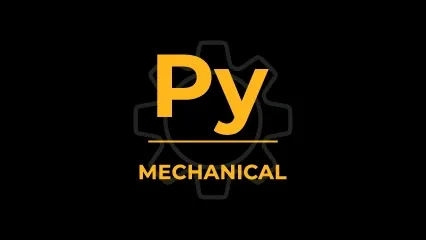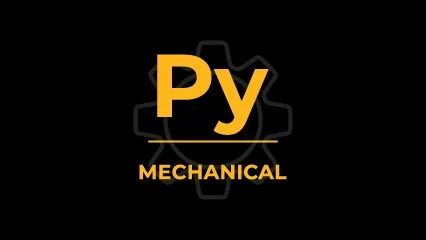Open source: You say you want a revolution?
| 04.17.2024Thinking about open source? Sit down here and take a read.
An analysis of NASA's fan-bladed disk with PyAnsys
| 03.11.2024A comprehensive inverse-solving (hot-to-cold) simulation workflow using PyAnsys libraries to analyze the NASA Rotor 67 fan-bladed disk.
Enhancing Ansys Store: Introducing verified apps
| 02.29.2024Ansys is diligently advancing efforts to revamp the Store to deliver a more personalized experience, while improving the quality and scope of what is published.

